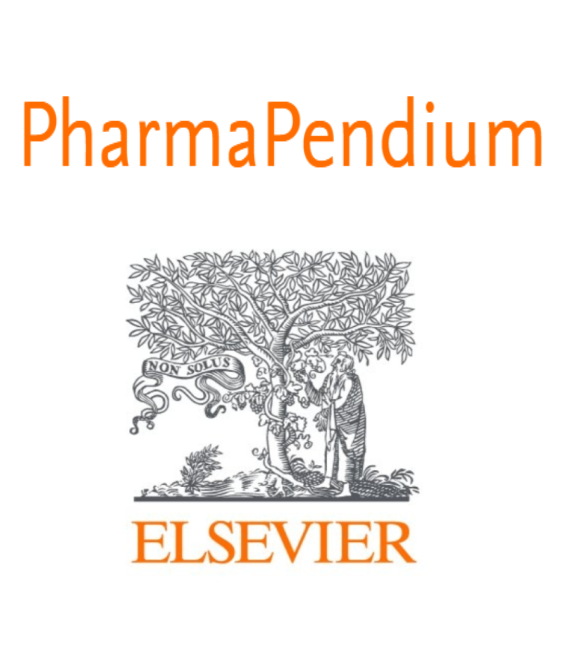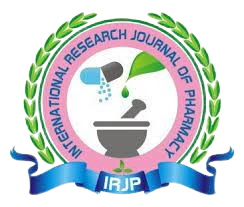A BRIEF STUDY ON MARIGOLD (TAGETES SPECIES): A REVIEW
Keywords:
Marigold, Tagetes erecta, Lutein, Tagetes oil, Antibacterial activities etcAbstract
Tagetes species belonging to family Asteraceae, are most common in plant kingdom, which is used in different areas like cosmetic preparation, medicines as well as it is most widely used as ornamentals. It is found in different colors and different fragrance. Yellow color is most common. Flowers are mainly used for the all these purposes by the extraction process. Lutein is an oxycarotenoid, or xanthophyll, containing 2 cyclic end groups (one beta and one alpha-ionone ring) and the basic C-40 isoprenoid structure common to all carotenoids. It is one of the major constituents and the main pigment of Tagetes erecta. It has a strongly aromatic essential oil (Tagetes oil), quercetagetin, a glucoside of quercetagetin, phenolics, syringic acid, methyl-3, 5-dihydroxy-4- methoxy benzoate, quercetin, thienyl and ethyl gallate, terpines, and other important phytochemical constituents from the different part of the plant. The leaves are reported to be effective against piles, kidney troubles, muscularpain, ulcers, and wounds. The flower is useful in fevers, epileptic fits (Ayurveda), astringent, carminative, stomachic, scabies and liver complaints and is also employed in diseases of the eyes. It shows different pharmacological activities like Anti-bacterial Activity, Anti-microbial Activity, hepatoprotective activity, Insecticidal activity, Mosquitocidal activity, Nematicidal activity, Wound healing activity, Anti oxidant and Analgesic activity Larvicidal activity ,Sub acute toxicity studies also studies Tagetes species for Nematode Management in details.








